Heading into US session, GBP and USD are trading as the strongest one for today. CHF franc is the weakest, followed by AUD and then EUR. USD’s strength is a bit more convincing as USD/CHF has already took out last week’s high as well as key resistance level at 1.0037. EUR/USD has also just breached last week’s low. GBP/USD is kept below 1.3588 minor resistance, maintaining near term bearishness.
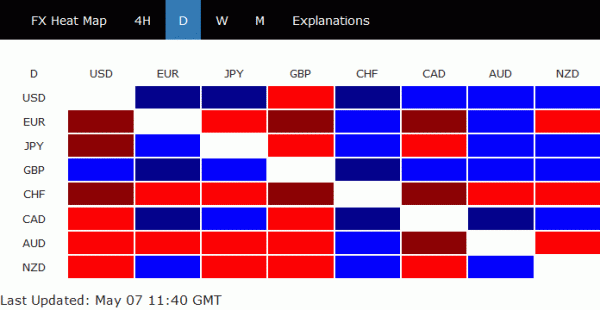
GBP’s strength today is generally seen as corrective in near nature. Except that, EUR/GBP’s near term outlook is not overwhelmingly bullish. And, indeed, GBP/CHF is an interest cross to look at. The W row of GBP/CHF action bias showed that it was in a brief up trend. Totally neutral D row (latest 9 bars) indicates that it has been in consolidation. Some 6H red bars indicates that consolidation was in form a a pull back whether sideway trading. But as the 6H bars have turned neutral, downside momentum in the pull back has diminished. And, there are indeed a string of blue H bars, arguing that the correction could be finished and GBP/CHF is ready for rise resumption.
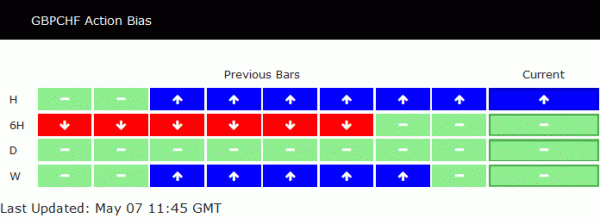
The above could also be seen clearly, in the D, 6H and H Action Bias charts.
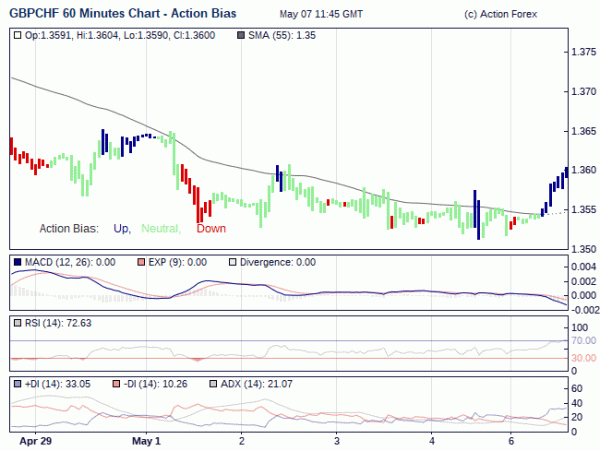
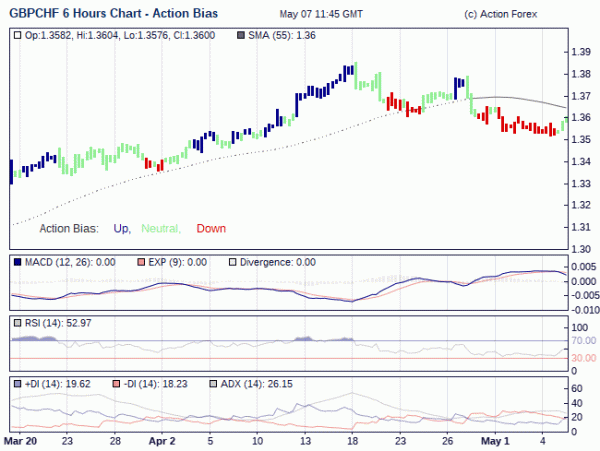
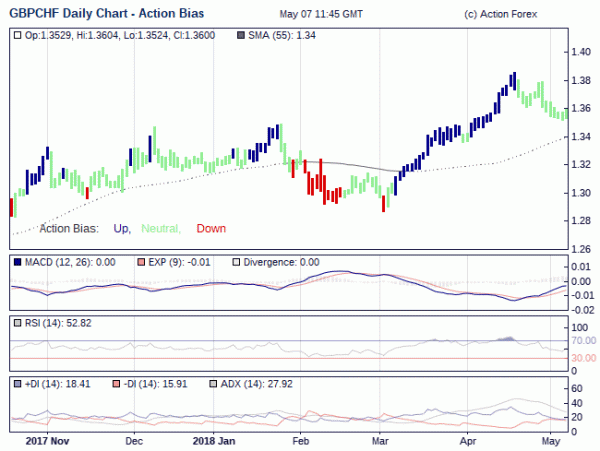
Now back to the regular GBP/CHF bar chart. The break of 1.3600 supported turned resistance is the first sign of completion of pull back from 1.3854 at 1.3507. The structure of the fall supports that it’s a correction. And it’s also held above 38.2% retracement of 1.2861 to 1.3854 at 1.3475, which indicates healthy near term bullishness. Intraday bias is now on the upside for channel resistance (now at 1.3732). Firm break there should confirm this bullish view and send GBP/CHF through 1.3854 high to 61.8% projection from 1.2861 to 1.3854 from 1.3507 at 1.4121 as the first target. Though, break of 1.3507 will invalidate this bullish view and extend the fall from 1.3854 instead.
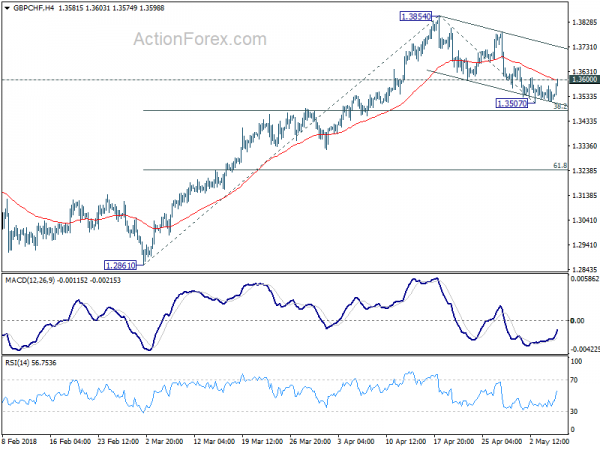
This is the kind of setup that one can just buy at the current level at around 1.3600, with a stop at 1.3500 (below 1.3507 support), targeting 1.4121. Risk/reward ratio is good enough for position trading.





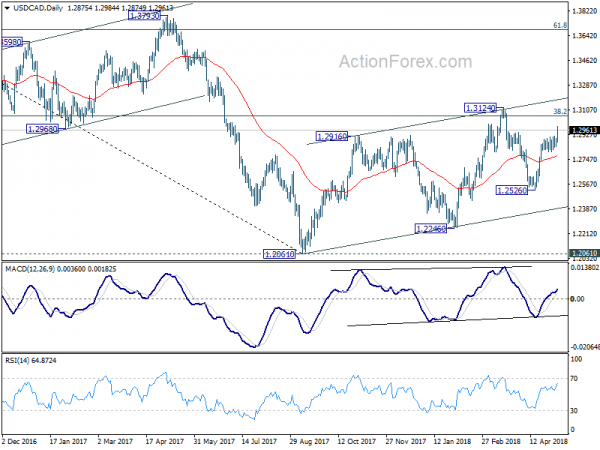
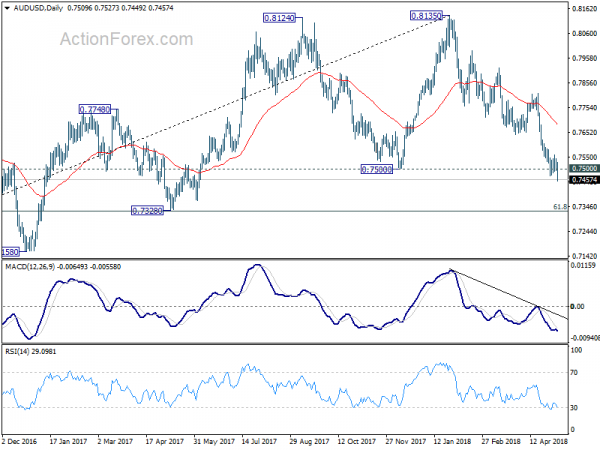
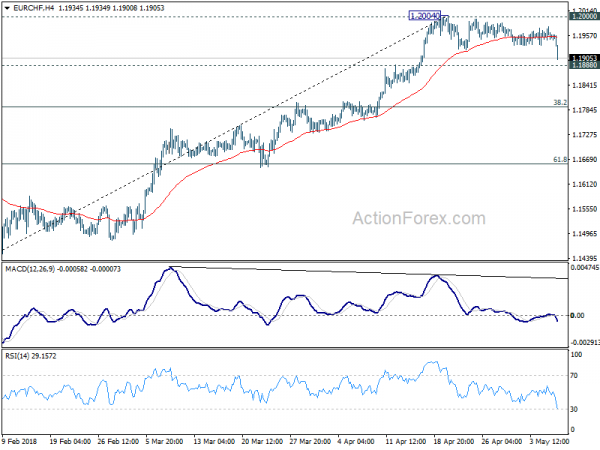
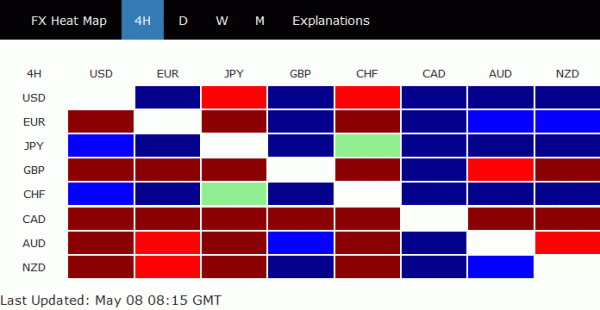
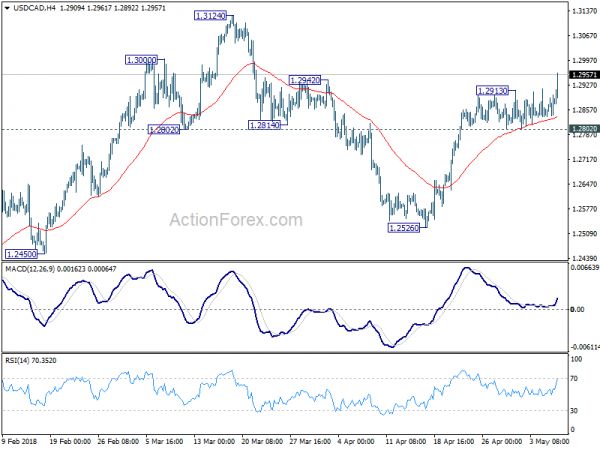
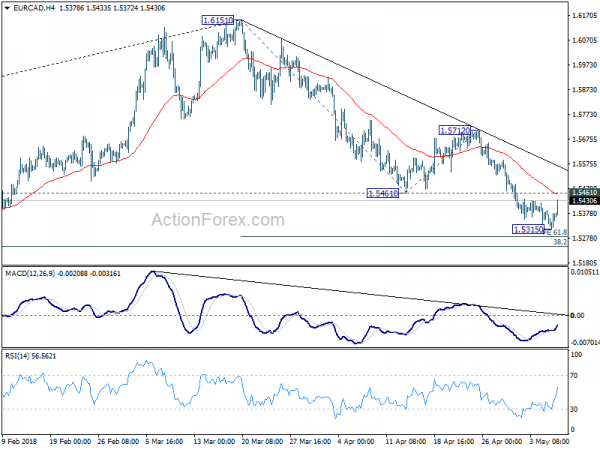






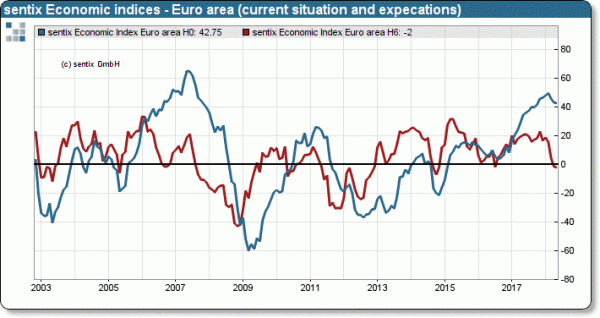
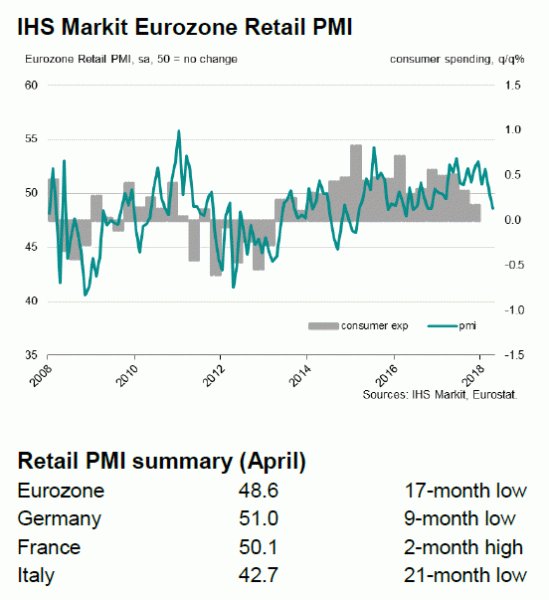
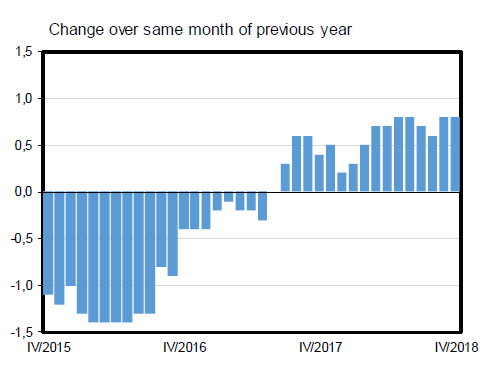
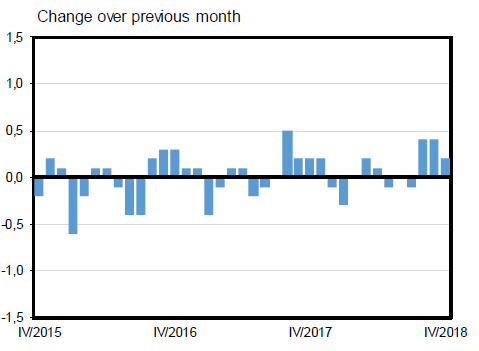

France denied that Trump told Macron on Iran deal decision
Just earlier today, the New York times reported that Trump told French President Macron of the withdrawal of the Iran deal. And the report was “according to a person briefed on the conversation.”
Then Reuters reported that Macron’s office denied the New York Times story.
In the same report, Reuters said “one senior European official closely involved in Iran diplomacy told Reuters that U.S. officials had indicated late on Monday that Trump would withdraw from the agreement but it remained unclear on what terms and whether sanctions would be reimposed”.
Again, unnamed source. Who to trust? When the President of the US can say something that overturn it completely the next day, you know what it’s like in the post-truth world.